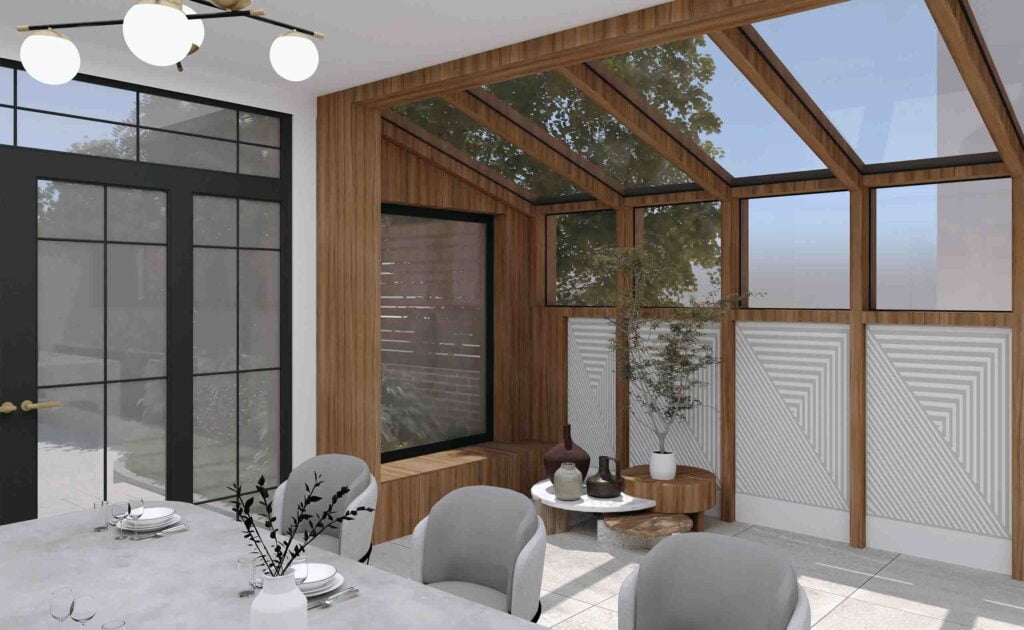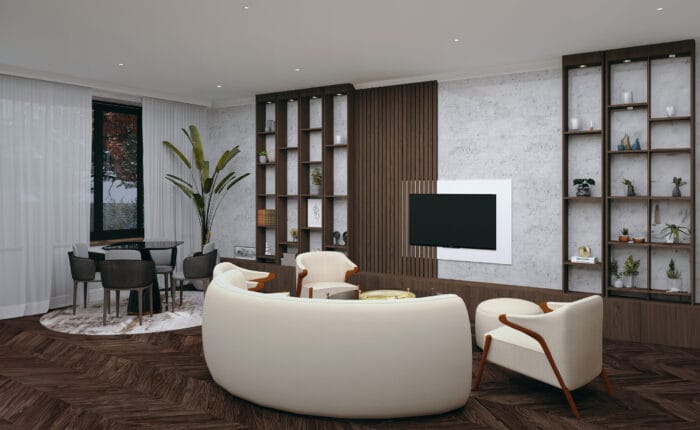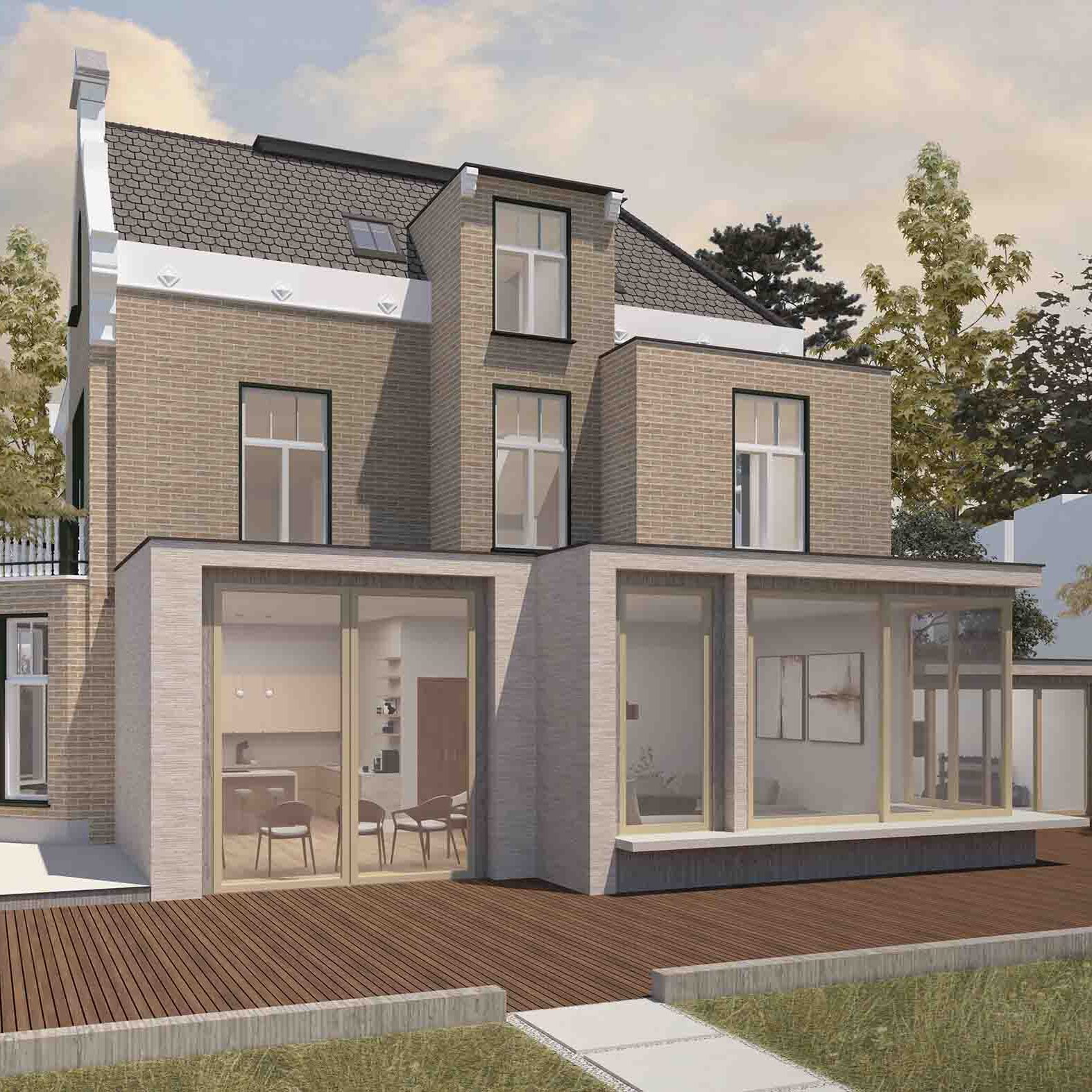Best Flooring Materials for Home Extensions
When planning your home extension, flooring is a critical decision. The right choice not only sets the tone for the space but also affects functionality, comfort, and maintenance. With so many materials, styles, and finishes available, selecting the best flooring can feel overwhelming. But don’t worry—this guide will break it down by room to help you find the perfect match for every area of your extension.
In This Article
1. Kitchen Flooring: Balancing Style and Practicality
2. Living Room Flooring: Comfort Meets Elegance
3. Dining Area Flooring: Durable and Easy to Clean
4. Bathroom Flooring: Water-Resistant is Non-Negotiable
5. Bedroom Flooring: Softness and Warmth First
6. Home Office Flooring: Stylish and Functional
7. Hallways and Entrance Flooring: Durable and Low-Maintenance
8. Playroom or Family Room Flooring: Practical and Fun
9. Best Flooring Types for Open-Plan Spaces
10. Final Thoughts: What are the Best Flooring Types for Your Home?
Kitchen Flooring: Balancing Style and Practicality
The kitchen is one of the busiest spaces in any home, and its flooring needs to withstand spills, heavy foot traffic, and the occasional dropped pan.
Top choices for kitchen flooring:
- Porcelain tiles: These are durable, water-resistant, and come in a wide variety of styles. Opt for larger tiles to reduce grout lines for easier cleaning.
- Luxury vinyl tiles (LVT): They mimic natural materials like wood or stone while being waterproof and softer underfoot.
- Polished concrete: A modern and sleek choice that’s tough and easy to maintain, though it can feel cold without underfloor heating.
Key tips:
- Prioritise slip resistance, especially in households with children or elderly family members.
- Consider underfloor heating to combat the naturally cool feel of tile and concrete.

Modern Kitchen with Herringbone Flooring – Trinity House
Living Room Flooring: Comfort Meets Elegance
The living room is often the heart of the home, so flooring should be both inviting and stylish. This is where you can focus on warmth and comfort without compromising on durability.
Best flooring options for living rooms:
- Engineered wood: Provides the beauty of real wood but is more stable and resistant to warping compared to solid wood.
- Laminate flooring: A budget-friendly alternative that’s scratch-resistant and available in various designs.
- Carpet tiles: Perfect if you want to soften the space, especially for homes with young children.
Things to keep in mind:
- Choose colours and textures that complement your furniture and décor.
- If you have pets, go for scratch-resistant options and avoid lighter colours that show dirt easily.

Living Room with Herringbone Flooring & Cosy Rug – Dash House
Dining Area Flooring: Durable and Easy to Clean
In a dining space, the flooring needs to handle food spills while maintaining a polished appearance for entertaining guests.
Recommended choices:
- Wood-effect tiles: Combine the elegance of wood with the durability of tiles, making them a practical yet attractive option.
- Vinyl plank flooring: Affordable, low-maintenance, and great for cleaning up after meals.
- Parquet flooring: A timeless choice that adds a touch of luxury, but it requires sealing to protect against stains.
Pro tip: Add a stylish rug under the dining table to soften the space and reduce noise, while still benefiting from the hard-wearing floor beneath.

Side Return Dining Room with Tile Flooring – Walnut House
Best Flooring Materials for Bathrooms: Water-Resistant is Non-Negotiable
Bathrooms demand flooring that can handle moisture, humidity, and occasional splashes without warping or becoming slippery.
Ideal bathroom flooring materials:
- Ceramic or porcelain tiles: These classics are waterproof, easy to clean, and available in endless designs.
- Stone tiles: While stunning, they need sealing to remain water-resistant and can feel cold underfoot without heating.
- Vinyl sheets: A cost-effective option that’s completely waterproof and softer than tiles.
Design considerations:
- Textured finishes can improve grip and reduce the risk of slipping.
- Lighter tones can make smaller bathrooms feel more spacious.
Bedroom Flooring: Softness and Warmth First
Bedrooms should be cosy and inviting, so flooring here focuses on comfort and creating a serene atmosphere.
Best picks for bedroom flooring:
- Carpet: The ultimate choice for warmth and sound insulation. It’s perfect for creating a cosy vibe.
- Engineered wood or laminate: For a more modern look, these materials can add warmth when paired with a soft area rug.
- Cork flooring: An eco-friendly, soft, and warm option that’s growing in popularity.
Extra considerations:
- Choose for hypoallergenic materials if anyone in the household has allergies.
- Avoid hard flooring if the room will double as a play area for children.

Contemporary Bedroom with Wooden Plank Flooring – Petite House
Best Flooring Materials for Home Office: Stylish and Functional
If your extension includes a workspace, flooring needs to balance aesthetics and practicality. The ability to roll a chair smoothly is also a must.
Best flooring for home offices:
- Hardwood or laminate: Both are great for durability and provide a professional, polished look.
- Vinyl planks: Quiet underfoot and easy to maintain, making them a strong contender for this space.
- Low-pile carpet: Adds comfort while allowing office chairs to glide smoothly.
Quick tips:
- Consider noise absorption if your office is above other living spaces.
- Use protective mats under rolling chairs to prevent wear.
Hallways and Entrance Flooring: Durable and Low-Maintenance
Hallways and entrances are high-traffic zones that need flooring capable of standing up to wear and tear.
Top choices:
- Natural stone: Hard-wearing and luxurious, though it requires sealing to prevent stains.
- Porcelain tiles: Scratch-resistant and perfect for areas exposed to muddy shoes.
- Vinyl or rubber flooring: Practical, non-slip, and easy to clean.
Design ideas:
- Use darker tones to hide dirt and scuffs.
- Add a statement runner rug for extra style while protecting the floor.
Playroom or Family Room Flooring: Practical and Fun
If your extension includes a space for children, choose flooring that’s safe, easy to clean, and durable enough for endless activity.
Best options:
- Cushioned vinyl: Soft, safe, and available in playful designs.
- Rubber flooring: Ideal for play areas due to its slip resistance and durability.
- Laminate: Affordable and scratch-resistant, but pair it with rugs for added comfort.
Safety tips:
- Avoid hard, slippery surfaces.
- Choose materials that can withstand heavy use without showing wear too quickly.

Dark Herringbone Flooring for Family Rooms – Trinity House
How to Decide On the Best Flooring for Open-Plan Spaces
Many modern extensions feature open-plan layouts, which pose the challenge of maintaining flow between different zones while catering to their unique requirements.
Solutions for open-plan spaces:
- Use the same flooring throughout for a seamless look, but define areas with rugs or furniture placement.
- Consider zoning with different materials—for example, tiles in the kitchen and wood in the living area.
- Choose cohesive colours and textures to tie the design together.
Final Thoughts: What are the Best Flooring Types for Your Home?
Selecting flooring for your new home extension isn’t just about aesthetics; it’s about choosing what works best for each room’s unique needs. Whether you prioritise durability, comfort, or sustainability, there’s a flooring solution for you.
At DeVis Architecture, we understand that every detail counts. If you need advice on selecting the best flooring materials or want help bringing your extension vision to life, we’d love to hear from you.
Contact us today for a free consultation and let’s create a home you’ll love from the ground up!









